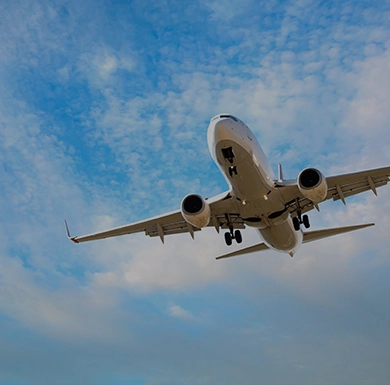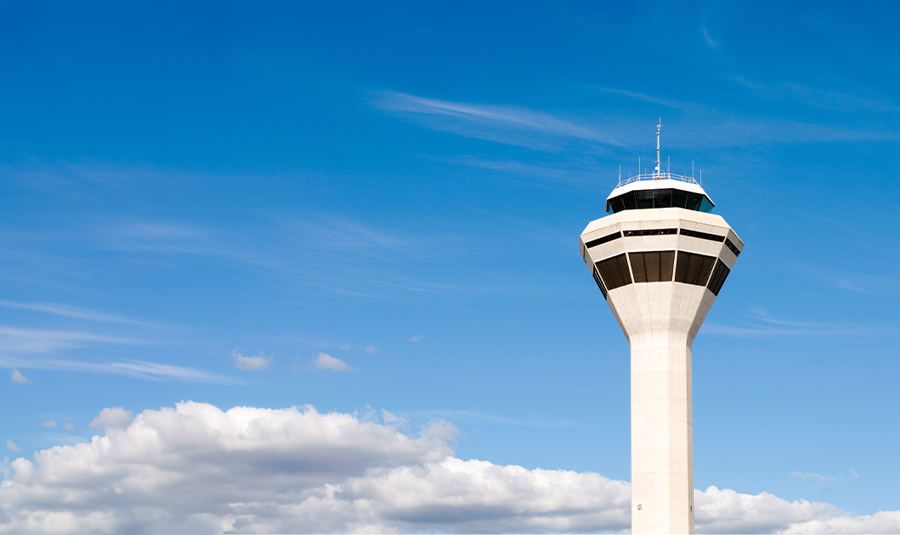In order to avoid ending up on the nightly news or worse, the FAA’s list of civil penalty recipients, it’s a good idea to have at least a cursory understanding of the regulations/rules in place for operating a drone near an airport. There are so many UAV operators out there right now that don’t know how to go about legally operating their drone near an airport and/or what interaction they need to have with the airport/ATC/FAA before doing so. Most of the problem is that the FAA/DOT has dropped the ball and has failed to make crystal clear rules for UAV operators. Instead, drone operators are treated like the red-headed step-child of the aviation community and forced to second guess every move they make. As of right now, there are at least three things required for flying a drone: 1. Aircraft; 2. Controller; 3. A prayer that your operations are legal. Be that as it may, the following will hopefully guide your Section 333 operation toward being legal, should you need to fly your drone near an airport.
So what are the general rules? The golden rule from the FAA on UAV operations near airports is: don’t fly within 5 miles of an airport unless you contact the airport and control tower before flying. To that end, the FAA requires that a drone not be flown within 3 NM from an airport with a published instrument flight procedure, but not an operational tower, or 2 NM from an airport without a published instrument flight procedure or an operational tower, or 2 NM from a heliport with a published instrument flight procedure. That seems pretty simple…right?
The main question becomes: what do I do if I need to go within the area prohibited for UAVs? Let’s say for example you run a wedding photography business and your client is getting married at an outside venue and requires aerial footage. Luckily, you have a Section 333 Exemption and all of the necessary documentation to operate your drone commercially. But wait a minute…the wedding venue is within 5 NM of an airport with a published instrument flight procedure and operational tower. The first thing you will want to do is find the number for the Air Traffic Control tower at issue. The telephone numbers for most Air Traffic Control towers are available online at www.acukwik.com. When you call ATC, be prepared to supply them with your flight path and the location, date, and time of your requested operation. For example, you might call and say, “Good Morning, my name is Bill Smith and I plan to fly my 3D Robotics UAV over the Sable Wedding Pavilion tomorrow at 9:30 AM. I will circle the area for roughly 45 minutes at approximately 150 feet.” Generally, you will want to tell ATC who you are, what you are going to fly, where you want to fly it, and when you want to fly it. Make sure that you actually obtain permission from ATC before flying within their airspace. You may even want to provide ATC with your cell phone number so that they can get in touch with you if necessary.
Secondly, the FAA calls for drone operators to contact the airport before entering its airspace to conduct a drone flight. Most importantly, there will be times where you may want to fly within 2 NM of an airport with a published instrument flight procedure and no ATC tower, in which case you will only have to call the airport. Who do you call at the airport? The best person(s) to call at an airport for legal purposes would be the office of the airport administrator. Essentially, these are the CEOs of the airport. Again, you will want to advise this office of your flight path and the location, date, and time of your requested operation. If you cannot get ahold of anyone at the office of the airport administrator and you are working with a general aviation airport, you may want to try calling the fixed based operator (“FBO”). A FBO is typically the entity that provides fuel, pilot services, and aircraft services, etc. You can typically find the telephone number to both the office of the airport administrator and FBO online at www.airnav.com.
For consistent flight within the 5 NM barrier, the airport administrator may request a letter of agreement between you and the airport. In most cases, this is not necessary and is something that the FAA will not require. If an ATC tower or airport administrator, consult with your drone attorney or Section 333 attorney.
You will also note that restrictions are placed on airports with a published instrument approach. Most airports have some sort of instrument approach associated with one of its runways, be it a GPS approach, ILS approach, VOR approach, etc. Typically, you can determine whether a particular airport utilizes an instrument approach by reviewing the airport specifics online at www.airnav.com.
Maybe you have also heard of the term “No Drone Zone.” There are some areas in the country, such as Washington, D.C., in which the FAA explicitly prohibits the operation of UAVs. It is critical to make sure that the airport and area in which you want to fly are not under such a flight restriction. If so, you had better make other plans for your operation’s flight path.
And one last thing that all UAV pilots should always remember when flying, whether or not within an airport’s drone-restricted airspace, is to ALWAYS remain clear of other aircraft. While there haven’t been any conclusive tests completed to prove that a small unmanned aerial vehicle could cause catastrophic harm or any harm at all to a general aviation or commercial aircraft, it is highly advised that you not be the drone operator to test the theory. Such unauthorized drone operation could result in property damage, death, and/or FAA civil penalties for unauthorized UAV operation.
If you have any questions about how to operate within an airport’s drone-restricted airspace, be sure to call a drone attorney at The Ison Law Firm. Or, if you feel that you have violated a rule or regulation mentioned in this article, feel free to reach out. We are standing by to vector you through legal turbulence…call us at 863-712-9472 or e-mail to [email protected].

